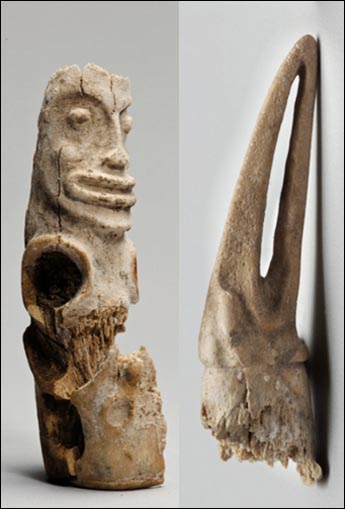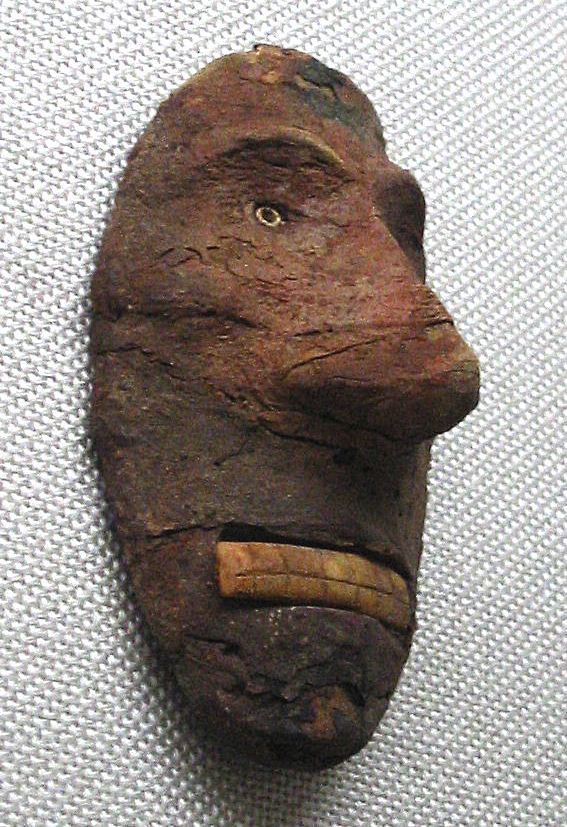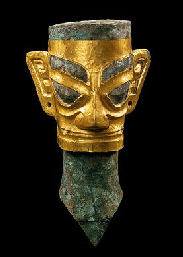Anfänger
Regular Member
- Messages
- 437
- Reaction score
- 349
- Points
- 63
- Ethnic group
- Iranian
- Y-DNA haplogroup
- R1b-Z2103
- mtDNA haplogroup
- U7a4
Razib Khans opinion about the Tarim mummies:
[h=1]The Tarim Mummies Were The Last Of The Paleo-Siberians[/h]The paper that reported on the data from the famous “Tarim Mummies” is out. If you don’t have a good grasp of the alphabet soup of ancient early Holocene populations, the results are going to be hard to parse. So I’ll make it simple for you: it now looks that the Tarim populations from 4,000 years ago are among the last people who were mostly “Ancestral North Eurasian” (ANE), and, they had no connection to populations in Europe. The second part is important because Victor Mair and others who have examined the mummies are wont to proclaim that the “Loulan Beauty” and her peers were “Caucasoid” due to their physical features. This may still be technically true, but the inference that this has to do with migration from the west of a European-origin population turns out to be false.
https://www.gnxp.com/WordPress/2021/10/27/the-tarim-mummies-were-the-last-of-the-paleo-siberians/
[h=1]The Tarim Mummies Were The Last Of The Paleo-Siberians[/h]The paper that reported on the data from the famous “Tarim Mummies” is out. If you don’t have a good grasp of the alphabet soup of ancient early Holocene populations, the results are going to be hard to parse. So I’ll make it simple for you: it now looks that the Tarim populations from 4,000 years ago are among the last people who were mostly “Ancestral North Eurasian” (ANE), and, they had no connection to populations in Europe. The second part is important because Victor Mair and others who have examined the mummies are wont to proclaim that the “Loulan Beauty” and her peers were “Caucasoid” due to their physical features. This may still be technically true, but the inference that this has to do with migration from the west of a European-origin population turns out to be false.
https://www.gnxp.com/WordPress/2021/10/27/the-tarim-mummies-were-the-last-of-the-paleo-siberians/




